Whale Break
SOUTHERN OCEAN– After a full night of sorting krill, those of us on the night crew went out on deck in the early morning light. We had been notified that Fin whales were off the starboard side of the boat (starboard refers to the right side of the boat, port side is the left.) I scanned the dark gray water trying to pick out the white spray of a whale blow.
We spotted one blow, then another. A group of six whales were about 300 meters from the boat, a group of four further off, and another group even further off and behind us.
A highlight of working in Antarctica is the wildlife. A relative of the Fin whale, Humpbacks are especially curious whales, and some encounters are amazing. Two years ago we had a pair of humpbacks that seemed just as delighted in us as we were in them. The whales spy-hopped, breached, rolled and fluked within only a few meters of the boat, and we dashed from port to starboard side and back again to follow every move.
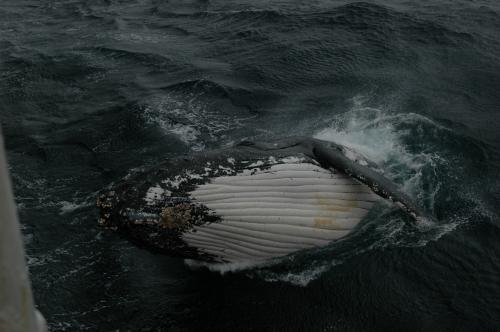
Humpbacks are the most common whales we see out here. We often see them off in the distance alone, in pairs or in large groups feeding on krill. In this case, two individuals came right up to the boat and stayed with us for over an hour breaching, spyhopping, fluke slapping, diving, etc. Amazing!
Photo by Kim Dietrich
I have no doubt the whales were amused by our group in their bright orange attire all huddled together taking pictures and running all about the boat. This morning though, the whales were too far off to cause too much excitement.
Lunchtime in the Southern Ocean
Most of the whales we see, including Minke, Blue, Fin, Sei and Humpbacks, have migrated from the warm, low-latitude waters where they breed to feed on the krill-rich waters of the Southern Ocean. They are forced to fast in the warm, nutrient-poor waters of their breeding grounds. And when the whales arrive, they feast on krill, building fat stores that will sustain them through another breeding season until they can return to the Southern Ocean to feed once again.
When we see whales, they are usually over clouds of krill, called aggregations, meaning that whale distribution and abundance in these waters is driven by krill. (Though I should note that not all krill aggregations have whales associated with them.) Krill form aggregations based on a lot of variables, including feeding, mating, and spawning. Since they are technically drifting zooplankton, krill are at the mercy of weather fronts and currents as well. We don’t know how the whales find the krill, but one possibility is through echolocation. (That’s only a guess; it’s never been tested scientifically.)
In the early 20th century, as whale populations declined in other parts of the world, whalers took great interest in the Southern Ocean and began heavy exploitation. Whale harvesting was ruthless, reducing some populations of whales to 1-20% of their original levels. While whale populations may never fully recover, highly controversial whaling still continues by Japan in the Southern Ocean for the sake of “research.”
At AMLR, our whale research is much less invasive. Our two marine mammal and bird scientists, Dr. Jarrod Santora and Michael Force, spend their days with their eyes fixed on the water, taking note of every whale (as well as seal, dolphin and bird) they spot. They alert the rest of the ship when a whale show is about to start.
Jarrod and Michael are studying long term patterns in distribution and abundance of whales in relation to krill and other factors, such as climate change. I’m told that it’s too early though to say whether or not climate change is impacting the whale populations around Antarctica. The whales biologists have only been doing their survey for eight years; they need more like 50 to be conclusive. And the populations are still recovering from the days when whalers plied these waters in droves. But we can make some educated guesses. These whales fast for nearly nine months and only have three months to feed– so they feed constantly while they’re here. If a warming climate pushes the krill blooms to earlier in the season before the whales arrive, they would miss their opportunity for big meals. Which could be a big problem. If climate change affected nutrient levels in the waters and the krill population were reduced, that would also reduce the feasts for whales and all the other animals that depend upon krill. But for now, this is a lot of speculation. Climate change is a hot science topic, but it takes many years to really tease out trends versus just natural variability.
Jarrod told me to ask him again in ten years.
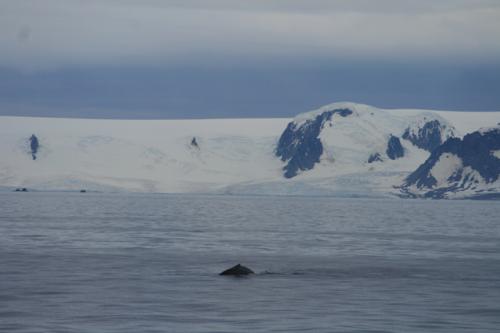
A recent sighting of a humpback off the coast of Elephant Island, where we are currently surveying.
Photo by Kyal Zaret
Standing outside watching wildlife is always a balance between the thrill of watching and the often bitter cold. Eventually the cold wins, and we go back inside.


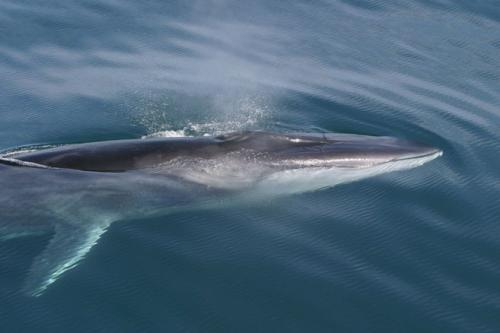
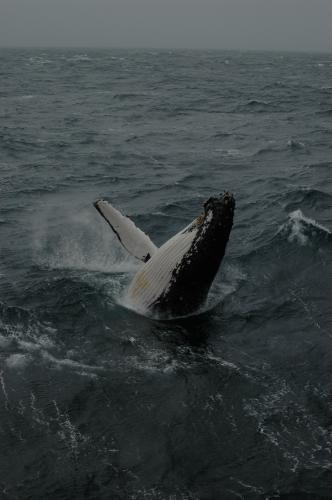

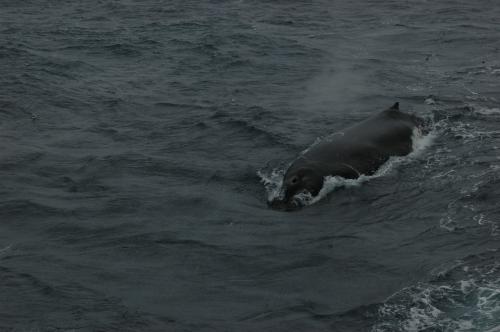
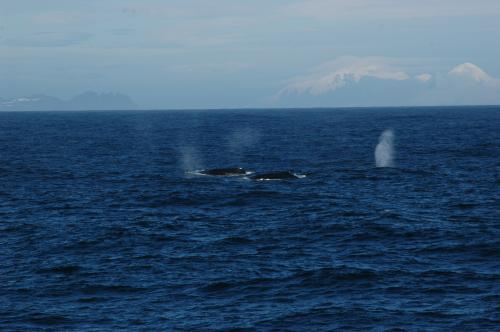
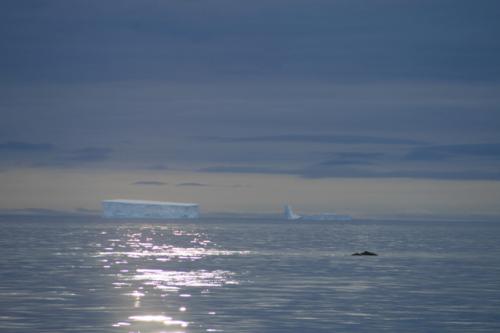



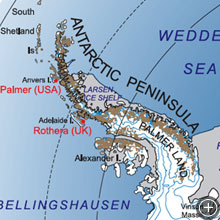





Hello Cassandra,
Just a hello from your home town. We have been reading your post both us learning much more than we have ever known about the variety of krill and the pictures of the whales at play are simple breath taking. Keep up the great work and cant wait to read the next posting.
A warm Wave
From New Hampshire
Hi Bob,
Thanks for your kind words on the posts. I am glad you have found them both informative and inspiring!
A cold wave back,
Cassandra
Hi
Great to see your help in the fight to SAVE the WHALES.
Greeting from a Scot living and volunteering on sunny
Koh Pah-Ngan (island in the gulf of Thailand)
I have yet to see any larger sea creatures here… thoouhghthere are reports of whale SHARKS, dolphins, and other sharks, turles… the waters here seem sadly quiet of the big guys…
Maybe there’s no krill here!?
Hi Sara,
I don’t know much about the whales in your current neck of the woods, but I do know that colder water tends to be more nutrient rich and nutrient rich water tends to have krill which then bring in the whales. So the warm water (and less nutrients, etc.) are likely the reason the big whales aren’t present there. Whale sharks feed on small fish and not krill, which is likely why you are seeing them and the other larger critters.
Enjoy Thailand and the wildlife you do get to see!
Best wishes,
Cassandra
Hi Sara,
I’m trying to reach kyla since a long time. I discovered she’s part of this whale observation. Could you please give me he e-mail adress.
Thanks
Best though
Nicolas
Hi Everyone!
I was just wondering, how did dolphins get their name? Ive been trying to search
it but nothing ever came up. So I was wondering how do they get their name?
Dakota